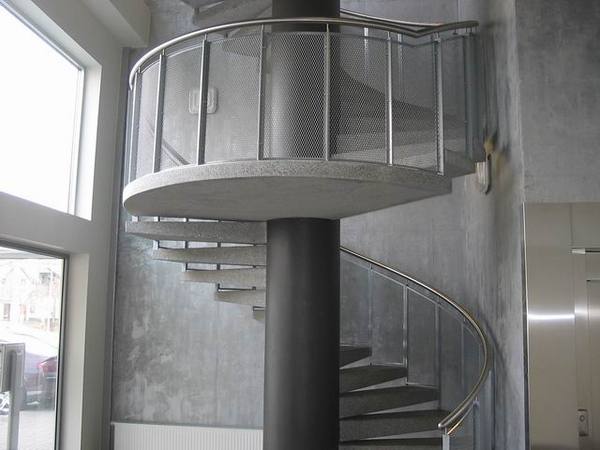
With a manual car, you can choose how you want to brake, with the engine and/or with the brakes. You can release the gas pedal while not pressing the clutch, which makes you break with your engine. Basically, since you are not giving any fuel to the engine, it starts slowing down, but if it is still connected to the transmission, it slows down the car as well. This can be greatly used when going downhill, because using the engine to slow down means you are not using your brakes, so you are wearing them down less. (Morris, Kelley Blue Book) It is also important to note that when doing this, your car uses 0 fuel, so it is extremely efficient.
At first, when starting to learn to drive, the number of actions and the coordination needed to drive a manual may alienate many drivers. However, it is worth the effort. The skill of analyzing the traffic not only helps you select the correct gear, but also teaches you to generally be more aware of the surrounding traffic (DriverEd) and gives you the ability to slightly predict other drivers’ behaviour, and if the actions of other drivers do not match your predictions, then you have plenty of time to slow down and assess the situation. Moreover, there is evidence that suggests that people with ADHD feel more in control and attentive when driving a manual. (Cox et al.)
Efficiency is generally better on manual transmission cars, in terms of gas mileage and repair costs. The latter, however, assumes proper shifting and normal maintenance. (Shifted) In the last 10 years automatic transmission cars have been getting close to the efficiency that manuals have (Shifted), however, this is certainly not the case with older cars, and it is generally said that gas mileage improves by 2 to 5 mpg with a manual transmission car. (Ortiz, HouseGrail) This is because automatic cars, especially older ones, tend to choose a higher gear than needed, to make sure that there is minimal chance of the engine stalling, which uses more fuel.
One of the most prominent differences between manual and automatic transmission cars is the number of steps required to stop, start and turn. This means pressing down the clutch, selecting the appropriate gear for your situation and then releasing the clutch slowly to connect the engine to the drivetrain while slowly pressing the gas pedal as needed. With a manual you figure out quite quickly at what RPM (revolutions per minute) your car produces the most power and when you need to overtake, you can choose a gear that runs at that RPM, which gives you much higher acceleration. Aside from it being faster, it is also more fun and livelier because you decide when the car accelerates, and you can hold the gear longer than would be typical in an automatic transmission. (Morris, Kelley Blue Book)